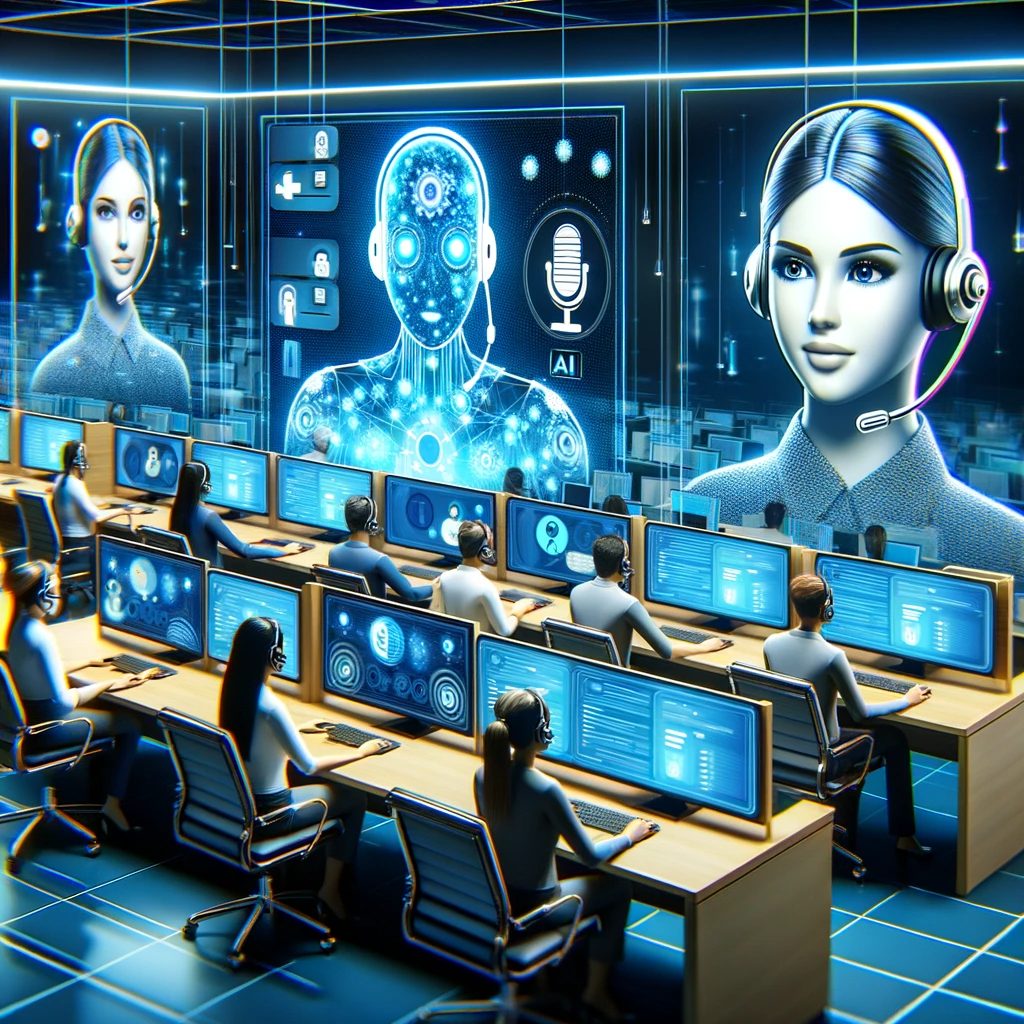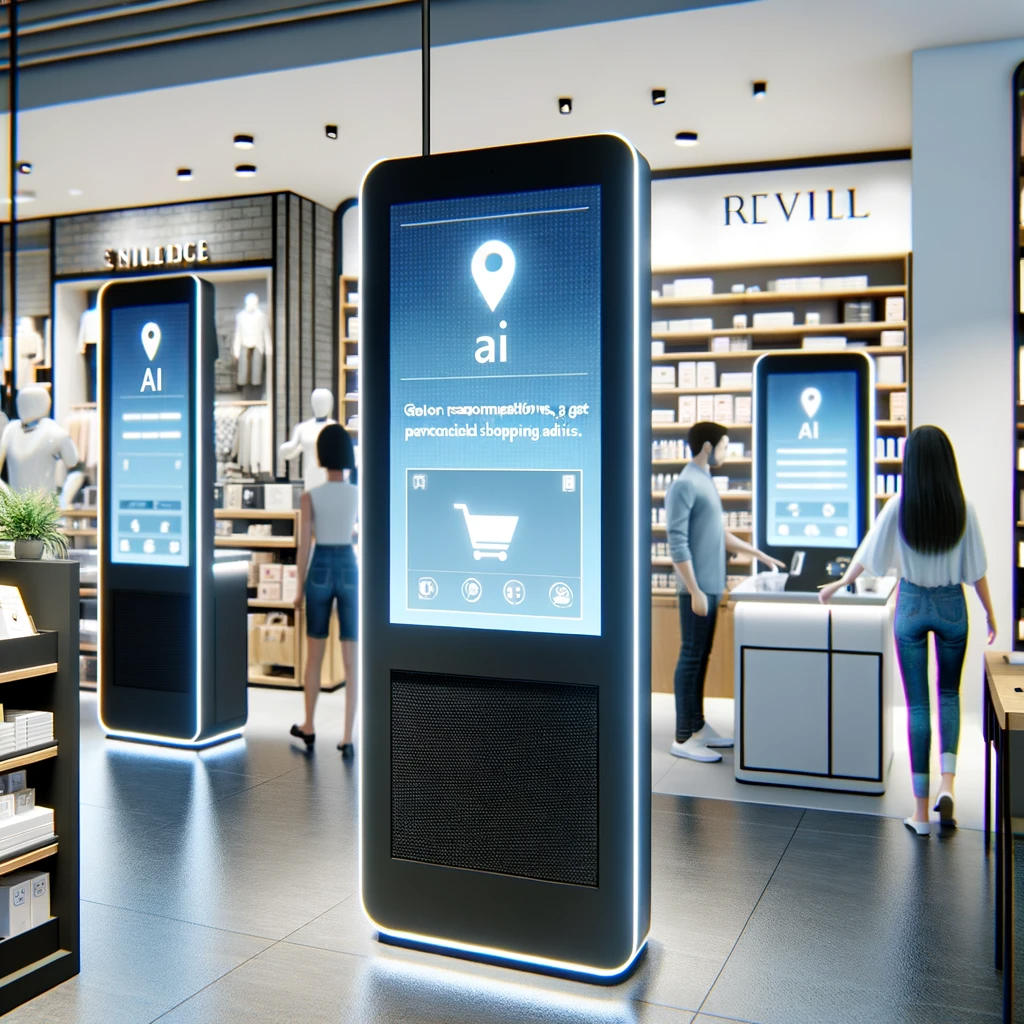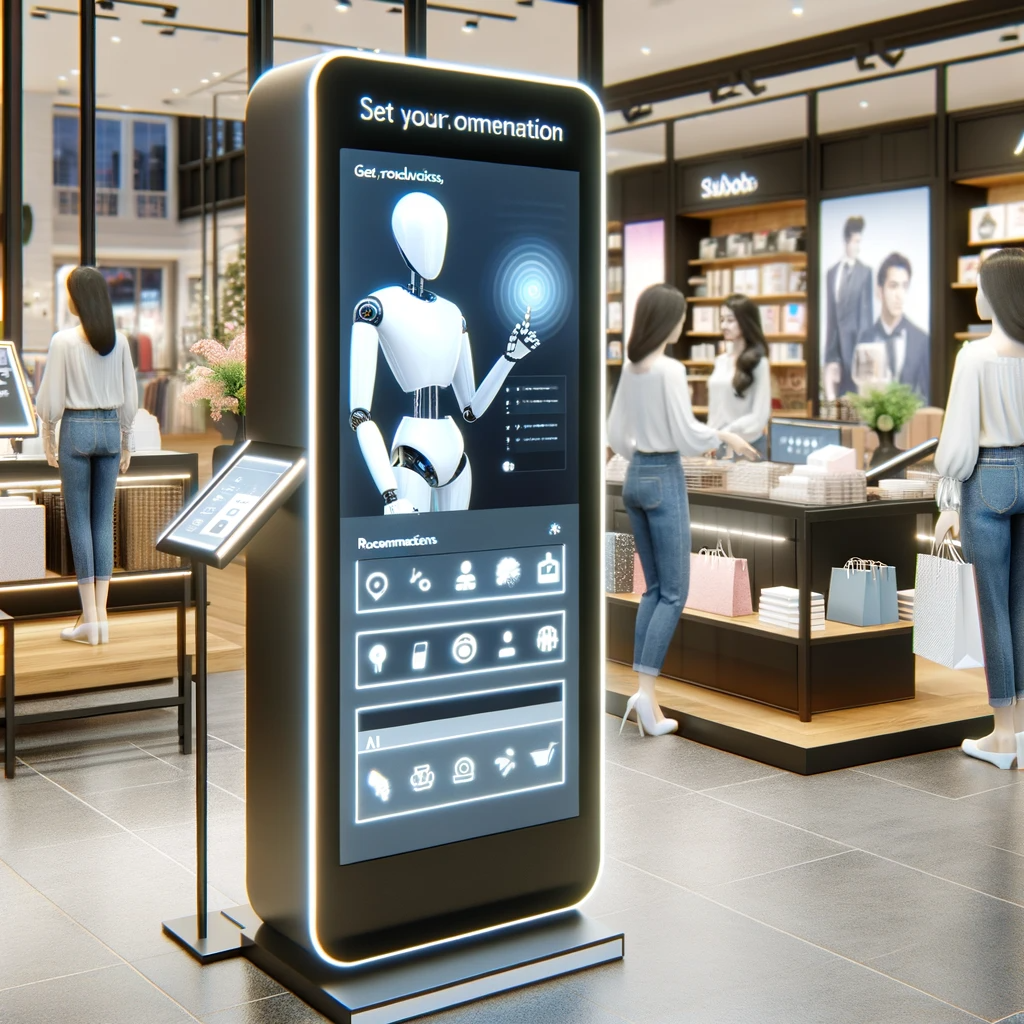In the digital age, the landscape of customer service and client interaction is undergoing a profound transformation, thanks to the integration of Artificial Intelligence (AI). What was once a realm predominantly governed by human agents is now seeing AI stepping into the spotlight. In this three-part series, we’ll delve into the evolving role of AI in customer service, its effectiveness, and its impact on customer satisfaction.
The Rise of AI-Powered Customer Service
AI Chatbots: The Frontline of Customer Service
AI chatbots have become the first point of contact for many customers. They provide instant responses to inquiries, handle routine tasks, and even assist in complex problem-solving scenarios. This round-the-clock availability ensures customers can seek assistance at their convenience.
Personalized Customer Experiences
AI analyzes customer data to personalize interactions. It helps in tailoring recommendations, offering product suggestions, and even addressing customers by name. This level of personalization enhances the overall customer experience.
AI’s Effectiveness in Customer Service
Rapid Issue Resolution
AI can quickly identify and resolve common issues. Whether it’s troubleshooting technical problems or answering frequently asked questions, AI reduces resolution times and minimizes customer frustration.
Handling High Volumes
AI excels in handling a high volume of customer inquiries simultaneously. Unlike human agents, AI chatbots can assist numerous customers simultaneously without compromising response times.
AI’s Impact on Customer Satisfaction
Enhanced Response Time
Customers value swift responses. AI ensures that customers don’t have to wait in long queues or endure extended response times. This quick turnaround enhances customer satisfaction.
Consistency in Service
AI consistently delivers a uniform level of service, regardless of the time of day or agent availability. This ensures that customers receive the same quality of service at all times.
Data-Driven Insights
AI gathers valuable customer data and feedback, enabling businesses to make informed decisions and improvements in their services. This feedback loop can lead to higher customer satisfaction over time.
The Human Touch in AI-Enhanced Customer Service
While AI has undoubtedly revolutionized customer service, it’s essential to strike a balance between automation and the human touch. In Part 2 of this series, we’ll explore how human agents collaborate with AI to provide exceptional customer experiences, as well as the challenges and ethical considerations in the integration of AI in customer service.

The Collaborative Dynamics
Human-AI Symbiosis
In today’s customer service centers, humans and AI work hand in hand. Human agents oversee complex issues, exercise empathy, and provide personalized assistance, while AI handles routine tasks and augments agent capabilities.
Seamless Handoffs
AI chatbots can seamlessly transfer interactions to human agents when needed. For intricate or emotionally charged situations, human agents step in to provide the understanding and empathy that AI currently cannot replicate.
Elevating the Customer Experience
Complex Issue Resolution
Human agents excel at understanding nuanced problems and finding creative solutions. They bring empathy and emotional intelligence to interactions, offering comfort to customers facing challenging situations.
Upskilling Agents
AI doesn’t replace human agents; it empowers them. Agents can access AI-generated insights, customer data, and recommendations to provide more informed and efficient service.
Challenges and Ethical Considerations
As AI continues to play a significant role in customer service, several challenges and ethical considerations arise.
Data Privacy
The collection and use of customer data for personalized interactions raise questions about privacy and consent. Businesses must handle data responsibly and transparently.
AI Bias
AI algorithms may inadvertently perpetuate biases. It’s essential to ensure AI systems are trained on diverse datasets and regularly audited for fairness.
Job Displacement
The fear of job displacement due to automation is valid. However, businesses can mitigate this by reskilling employees for roles that require emotional intelligence and complex decision-making.
Maintaining Human Touch
While AI offers speed and efficiency, it must not overshadow the importance of human empathy and understanding in customer interactions.
The Future of AI in Customer Service
AI will continue to evolve, becoming even more integrated into customer service operations. As it does, businesses must strike a balance between automation and the human touch, ensuring that customer experiences are both efficient and empathetic.
In Part 3 of our series, we’ll delve into the future trends and innovations in AI-powered customer service, exploring the potential for virtual agents, voice assistants, and the evolving role of humans in this dynamic landscape.
The Expanding Landscape of Virtual Agents
Voice Assistants in Customer Service
Voice-activated AI, like virtual assistants, is becoming increasingly prevalent in customer service. Customers can interact with companies through voice commands, making inquiries, placing orders, and resolving issues seamlessly.
Multilingual and Cross-Platform Virtual Agents
AI-powered virtual agents are becoming more proficient in multiple languages and adaptable to various communication channels, such as chat, email, and social media.
Hyper-Personalization with AI
Predictive Customer Service
AI algorithms are becoming more adept at predicting customer needs and issues before they arise. This proactive approach allows businesses to address concerns before they impact the customer experience.
AI-Driven Recommendations
Customers now expect personalized recommendations and content. AI analyzes customer behavior to provide tailored suggestions, enhancing cross-selling and upselling opportunities.
Enhanced Emotional Intelligence
AI-Enhanced Emotional Support
AI is being trained to detect customer emotions based on speech and text analysis. It can then provide empathetic responses or escalate the conversation to human agents when emotional support is required.
AI-Powered Conflict Resolution
AI algorithms are improving conflict resolution by assessing customer sentiment and offering solutions that align with the customer’s emotional state.
Evolution of Human Roles
Upskilling Agents
As AI handles routine tasks, human agents are increasingly focusing on complex and emotionally demanding interactions. Companies invest in training agents to excel in empathy, problem-solving, and relationship-building.
Collaboration with Virtual Agents
The collaboration between human and virtual agents will become more seamless. AI will provide real-time support to human agents, offering suggestions and insights to enhance service quality.

Ethical Considerations and Transparency
Ethical AI Use
Businesses are adopting ethical guidelines to govern the use of AI in customer service. Transparency in AI decision-making and data handling becomes a priority.
Data Privacy and Security
Protecting customer data remains paramount. AI-driven customer service must adhere to rigorous data privacy and security standards.
The Path Forward
The future of AI in customer service holds immense promise. With advancements in virtual agents, hyper-personalization, and enhanced emotional intelligence, customer interactions are set to become more efficient and satisfying. However, maintaining the human touch in customer service and addressing ethical concerns will be equally crucial.
As AI continues to evolve, businesses must stay agile, adapting to emerging technologies and customer preferences. The journey of AI in customer service is a dynamic one, and those who embrace it thoughtfully will be better equipped to provide exceptional customer experiences in the years to come.
Thank you for joining us on this exploration of AI’s influence on customer service and client interaction. As technology continues to shape the world of customer service, we remain committed to keeping you informed about the latest developments and innovations.
